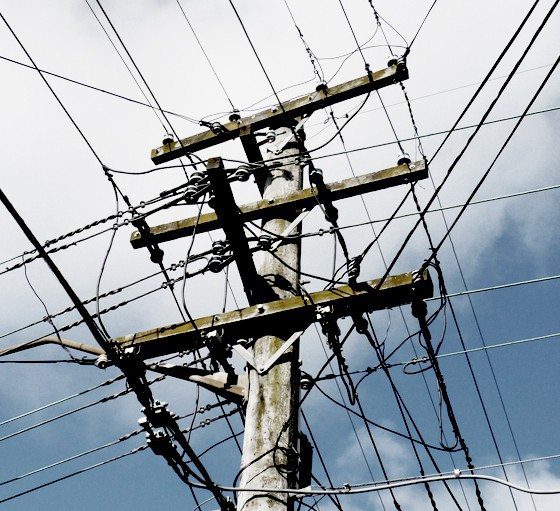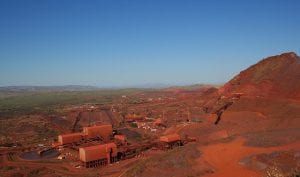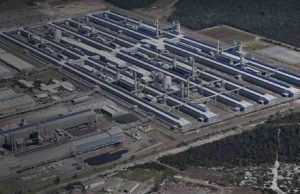“Extraordinarily high” network costs mean Australians are paying “significantly more” for their electricity supply than people in most comparable countries, a new report has found – and according to a second separate report, there is little sign of relief.
The first report – analysis by Carbon and Energy Markets released on Wednesday by church group Uniting Care – found that power network costs were “extremely patchy” across Australia, with some consumers, particularly in parts of Queensland, paying “extraordinarily high network costs.”
The report – which examines what Australian consumers are being charged for supply of electricity and contrasts this with some international energy markets – responds to consistent reports that power bills are one of the biggest sources of financial distress for Australians trying to survive on a low income.
“The highest charges in Australia are four times more than the lowest charges, and double the highest price charged in Great Britain,” said ,” said Uniting Care’s Lin Hatfield Dodds.
“While Britain may have smaller networks to maintain they also have complex networks in high density regions and it seems surprising that there is such a large discrepancy between their costs and the costs many Australians are facing.”
“This is why the Australian Energy Regulator is so important, and why the current debate happening between the regulator and the network companies is so important for all of us to pay attention to,” said Hatfield Dodds.
“While pricing electricity is complex, the data shows that the cost burden being faced by people in some parts of Australia is simply unaffordable. We need to find ways to rectify this.”

And according to a separate report released this week by Standard and Poor’s Ratings Services (S&P), the NSW government’s intention to privatise 49 per cent of the state’s electricity network won’t offer consumers any relief any time soon.
Says the report: “While the AER expects the state-owned companies to significantly improve operating efficiency in line with privately owned companies – as per its benchmarking guidelines this is likely to take some time to achieve.
“A significant overhaul of manning levels and workplace practices will be required, and the various companies’ ability to do this may be constrained by their contractual obligations such as its suite of work place enterprise bargaining agreements.
“We note the AER is seeking inputs as to whether transition expenses should be allowed and hence borne by the consumer; even if this came to pass, we nevertheless see the potential for underperformance being more a risk than any near-term opportunities for outperformance relative to allowed operational expenditure.
“Accordingly, the stated intent of new owners as to how the business will be managed with respect to the willingness and ability to adhere to regulated outcomes for operating and capital expenditures will be very important in forming views on creditworthiness.
“Some commentators have said the assets of the network businesses have been gold plated in the past, thus raising the risk of asset write downs in the future.”
Another report, released late in 2014, warned NSW that Premier Mike Baird’s plan to privatise half the NSW electricity network and use the money for infrastructure projects risked increasing household power prices by up to $100 a year.
The report, Nothing to Gain, Everything to Lose, by economists Stephen Koukoulas and Thomas Devlin, recommended abandoning the plan, which is expected to be worth at least $13 billion.
Conversely, a Treasury-commissioned report from Ernst and Young found that electricity network prices were lower in Victoria and South Australia as the businesses were more efficiently run by their private owners.








